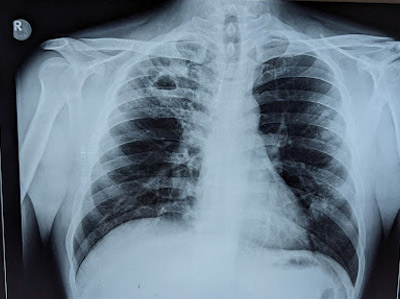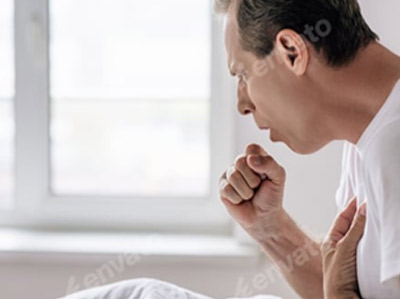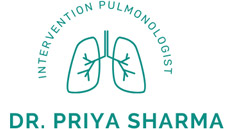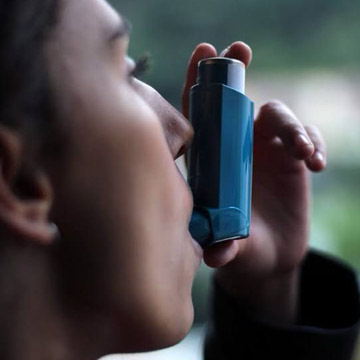What is tuberculosis (TB)?
Recent Post
1. What is tuberculosis (TB)?
TB is an infectious disease caused by Mycobacterium tuberculosis. It primarily affects the lungs but can also impact other organs like the kidneys, spine, and brain.
2. How does TB spread?
TB spreads through airborne droplets when an infected person coughs, sneezes, or speaks. It’s more likely to spread in crowded, poorly ventilated spaces.


3. What are the symptoms of active TB?
Common symptoms include a persistent cough (lasting more than three weeks), blood in sputum, fever, night sweats, unexplained weight loss, and fatigue.
4. Can TB remain dormant in the body?
Yes, this is called latent TB. The bacteria remain inactive and do not cause symptoms but can become active later, especially if the immune system weakens.
5. Who is at higher risk of developing TB?
High-risk groups include people with weakened immune systems (e.g., HIV-positive individuals), those living in crowded conditions, and healthcare workers exposed to TB patients.
6. How is TB diagnosed?
Diagnosis involves tests like the Mantoux skin test, blood tests, chest X-rays, and sputum analysis to confirm the presence of TB bacteria.
7. Is TB curable?
Yes, TB is treatable and curable with a combination of antibiotics taken over 6 to 12 months. Completing the full course is essential to prevent drug resistance.
8. Does all TB spread to others?
No, only active pulmonary TB is contagious. Latent TB and TB affecting other organs (extrapulmonary TB) typically do not spread.
9. What is the role of TB vaccines?
The BCG vaccine provides partial protection against severe forms of TB, such as meningitis in children, but is less effective at preventing pulmonary TB in adults.
10. How long does it take for fever and other symptoms to settle after starting ATT (anti-tubercular treatment)?
Symptoms like fever and fatigue usually start to improve within 2-4 weeks of starting treatment. However, full recovery depends on completing the entire course.
11. Is there any difference between Government ATT and Private ATT?
Both government and private sectors use WHO-recommended treatment regimens. Government programs often provide free medications and monitoring, while private care may involve different levels of personalized attention and costs.
12. How many types of TB are there?
TB can be classified into:
13. What should I do if I suspect TB?
Seek medical advice immediately. Early diagnosis and treatment are crucial for recovery and to prevent spreading the disease to others.




